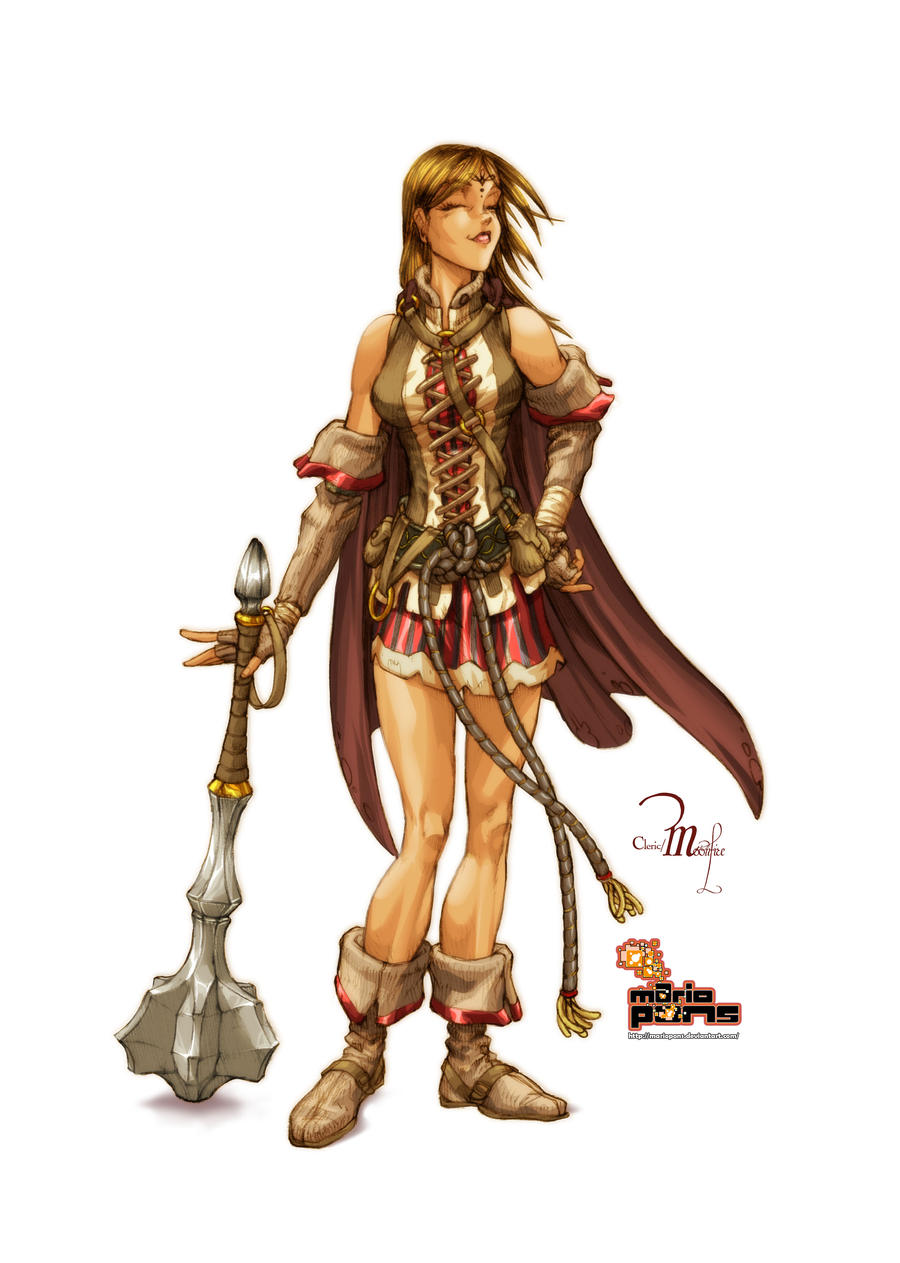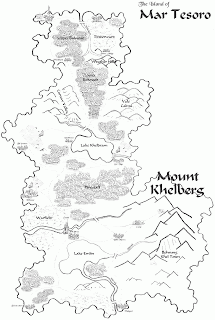8:30 So Philip ran up to it and heard the man reading Isaiah the prophet. He asked him, “Do you understand what you’re reading?”8:31 The man replied, “How in the world can I, unless someone guides me?” So he invited Philip to come up and sit with him. (Acts 8:30-31)Have you ever given, or received, an evangelistic tract? I consider them to be something akin to street preaching, not a particularly effective tool but not one I can say is 100% ineffective.
Sometimes those things make us look bad. Sometimes they make us look really bad. Take, for example, this old Jack Chick tract. Although Dungeons & Dragons isn't a particular bugaboo these days, you'll still find folks who think Harry Potter is going to indoctrinate their children into the occult. All the same, the RPG community still passes around poor Blackleaf as a joke. I realize that even the most genuine attempts at evangelism can open a person up to ridicule, but I think we can all agree that something that sticks around as the butt of a joke for 30 years is a problem.
The point of the chapter for week three was that evangelism is almost entirely about relationship. Most tracts are used in a "fire and forget" manner, shoved into the hands of passersby on the street in the hopes that someone will read it. What if they do? Who explains the meaning of the text to them? Who helps them find a Bible to actually look up the things that are said in the tract? Who helps them connect to a body of believers in their area? Who helps explain to them what being a Christian even means?
It's not even just tracts. When I was in college, we used to hand out food as a means of "ministering" to our community. The hope is that someone receives some free food, sees the love of Christ behind that action, and becomes curious enough to probe further, offering an opportunity to share the gospel. We used to make care packages (instant drinks, ramen noodles, candy, etc.) for the new freshmen. We'd hand out snowcones at the festival showcasing all of the student groups. We'd hand out hot cocoa to people during the winter. In the spring, we'd hand out Poptarts. I was part of that for four years, and I can probably count on one hand the number of people who even stopped to ask why we were giving away food, much less wanted to ask about this "Jesus" fellow.
 |
| From PRC's study on the "nones" |
I won't discount the potential for one person to sow while another person reaps. However, so much of the world views us as uninterested in the person we are talking to, instead seeking another notch in our belt, another conservative voter, another tithe in the church coffers. If we want people to take our attempts to share our faith seriously, our attempts have to look genuine. If evangelism is like a meal, we need to sit down and grab a menu, rather than hitting up the drive-thru.













